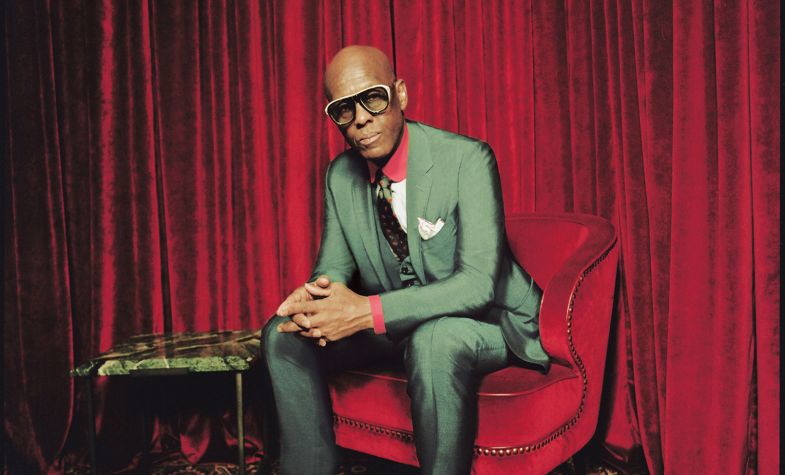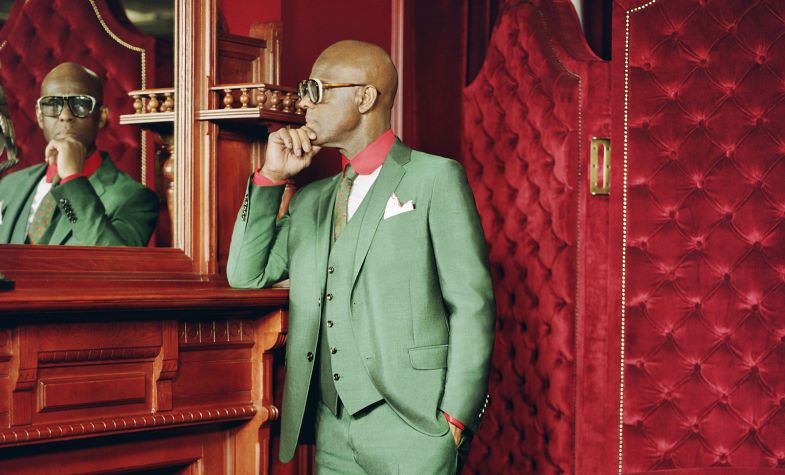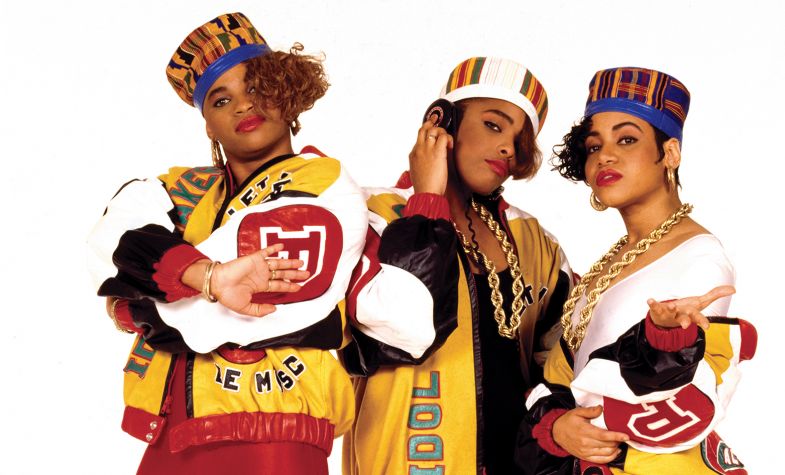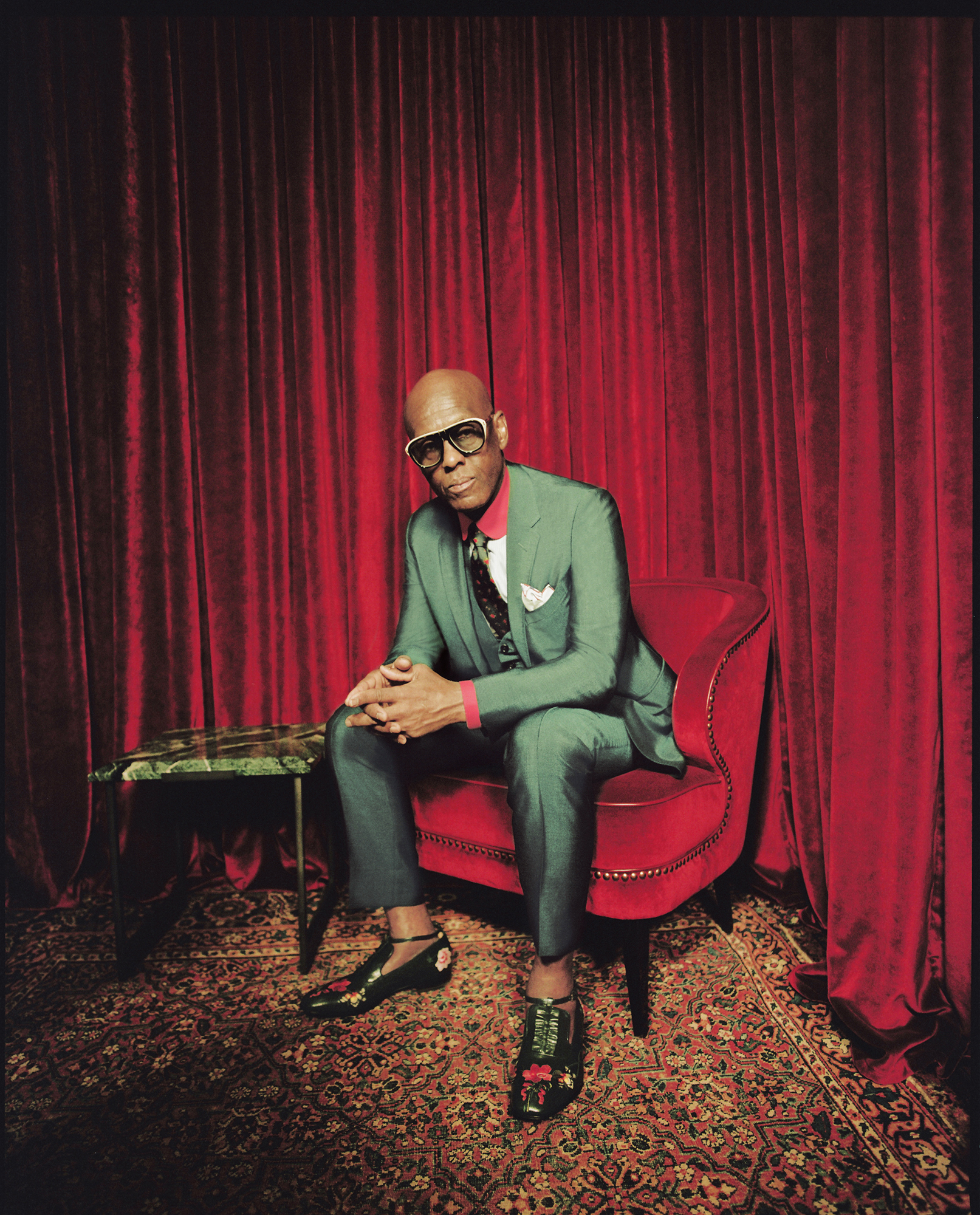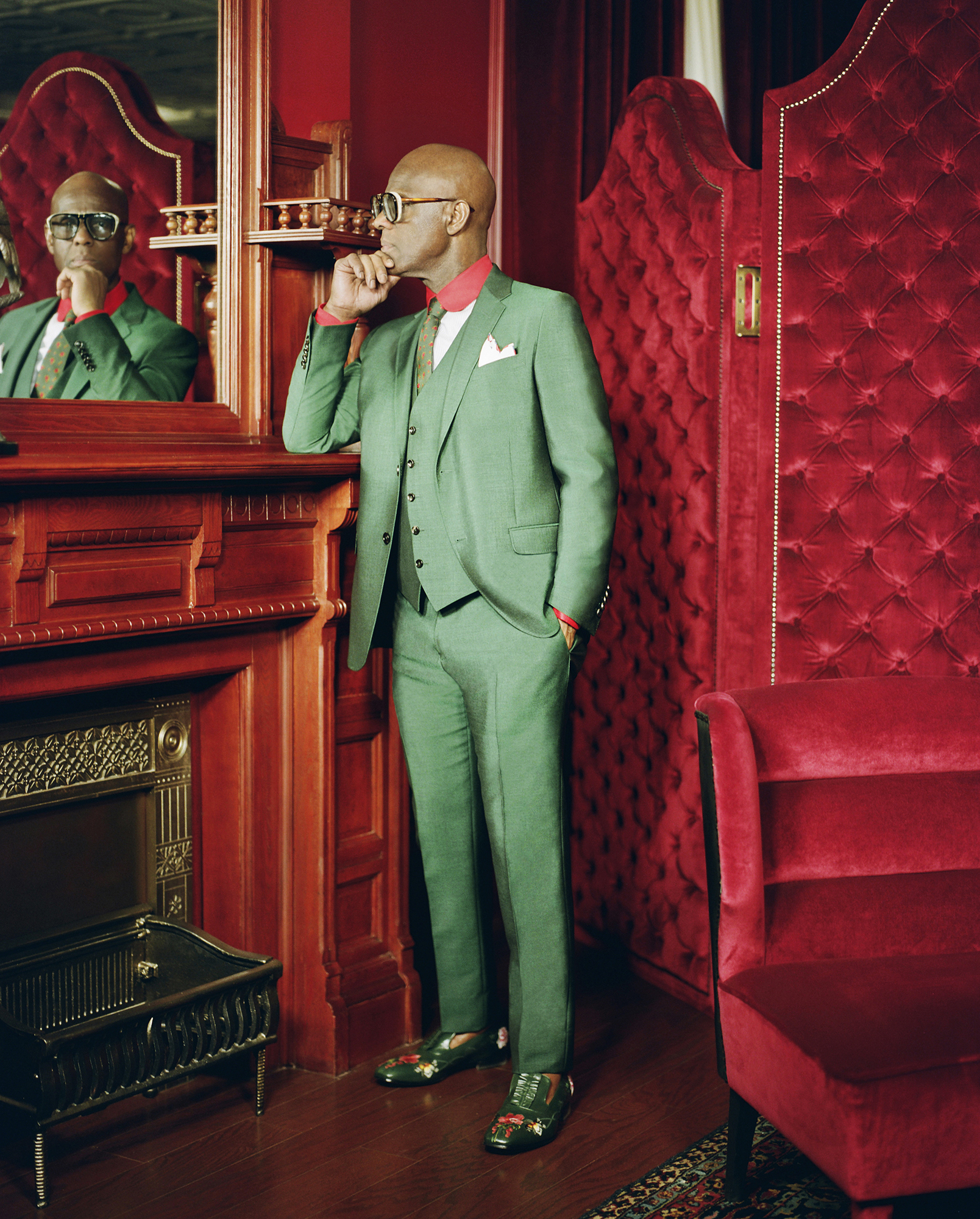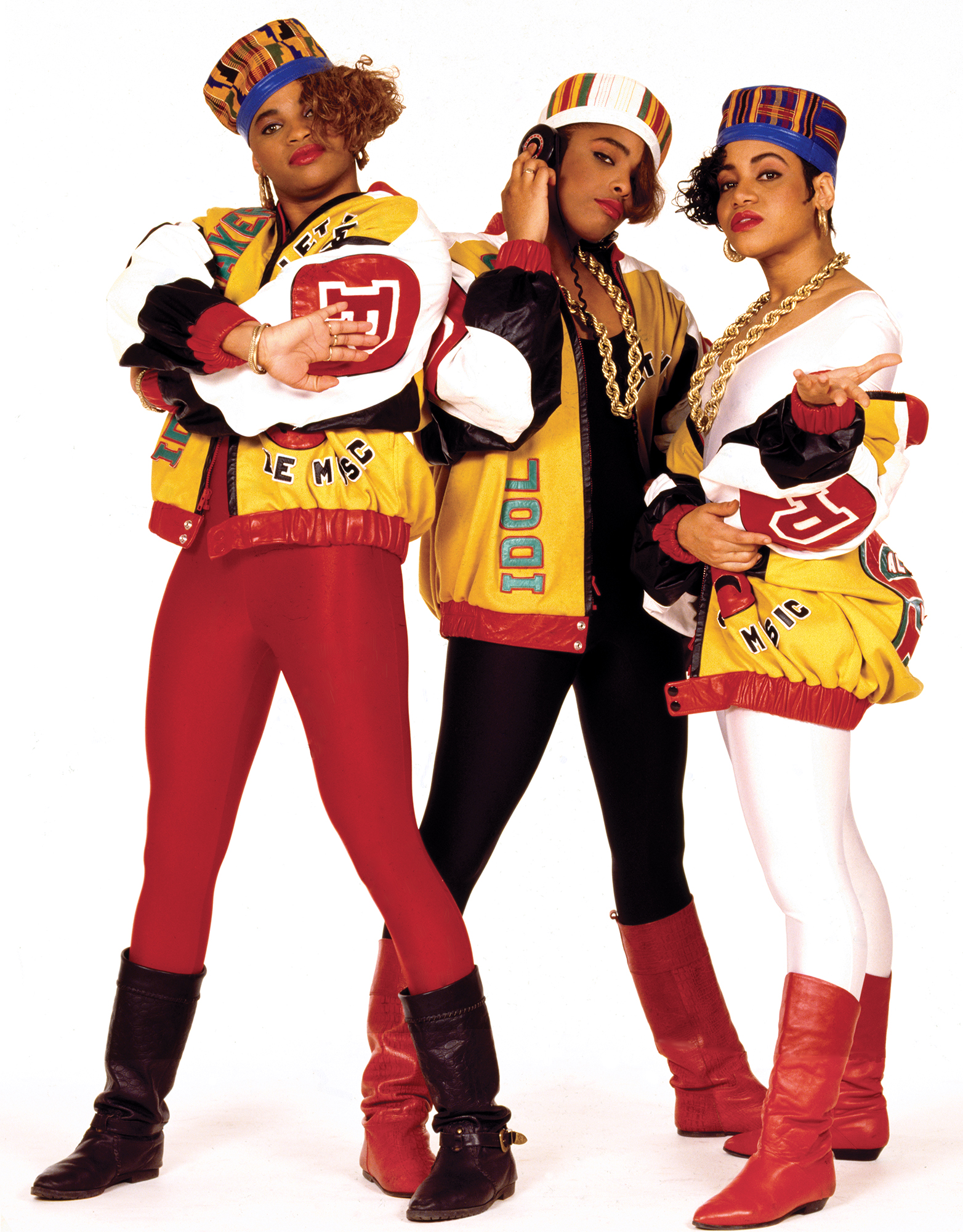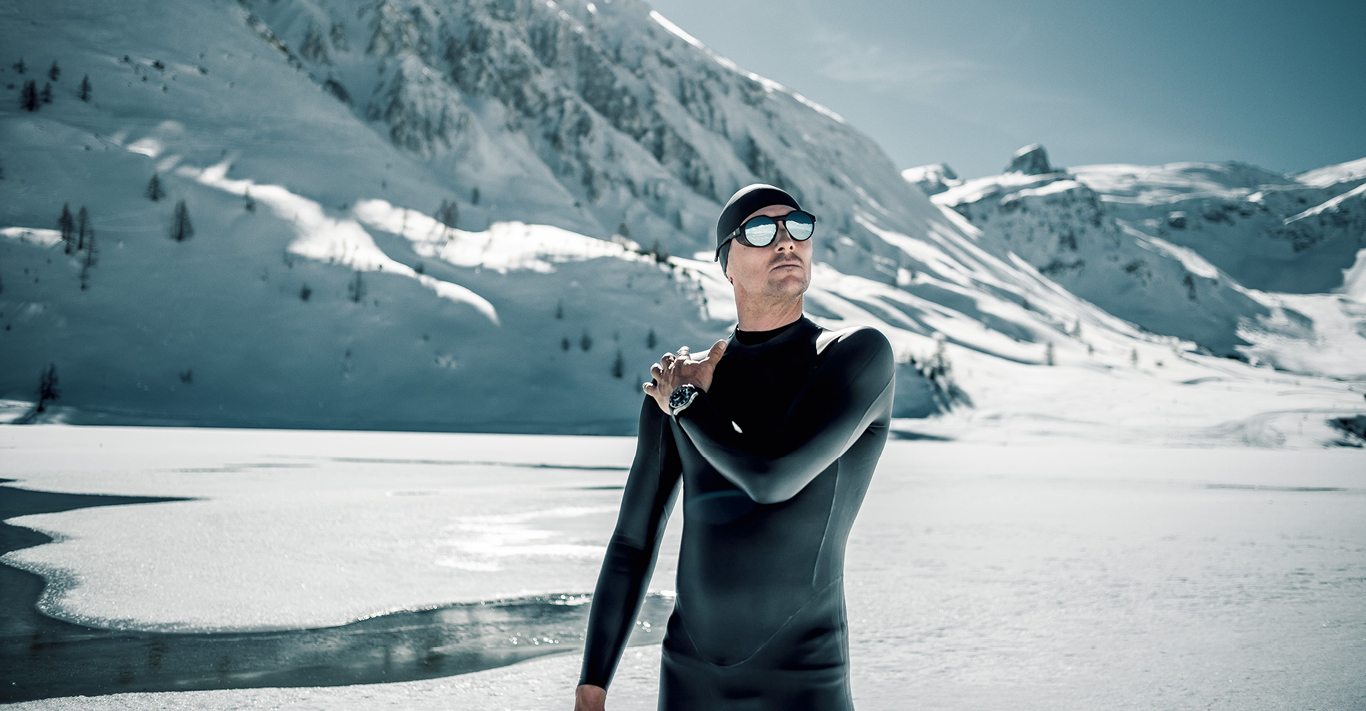WORDS
Rob Ryan
Imitation, the adage goes, is the sincerest form of flattery. Except, of course, when you are dealing with powerful multinationals or well-known brands that believe you have infringed their copyright. Then, imitation is the surest way to get a cease-and-desist letter from lawyers. But what happens if, as is sometimes the case, the minnow in this situation is the aggrieved party? What if the underdog is the one who has been copied? Well, if you are Gucci, you come up with a novel and admirable solution that keeps everybody happy and actually restores an almost forgotten figure in fashion back into the limelight.
This story begins in the 1980s, up in Harlem, across Bobby Womack’s ‘border’ of 110th Street, all the way up to 125th Street, home of the legendary Apollo Theater. This was Harlem before Red Rooster, LoLo’s Seafood Shack or lounges such as Gin Fizz made it a destination for outsiders. Socially and culturally separated from the rest of Manhattan back then, a variety of unique subcultures flourished there, including rap and hip-hop, and with them came the tailoring emporium of Dapper Dan.
It was a time when sampling was in its Wild West infancy, before the repurposed beats and breaks used in hip-hop had to be routinely ‘cleared’ (ie paid for) with the publishers or record companies. In the fashion equivalent of sampling, Dapper Dan (whose real name is Daniel Day) was acting as Harlem’s hip-hop couturier of choice by ‘reconceptualising’ and ‘Africanising’ styles and logos from the premier fashion houses of the time, especially the likes of Gucci.
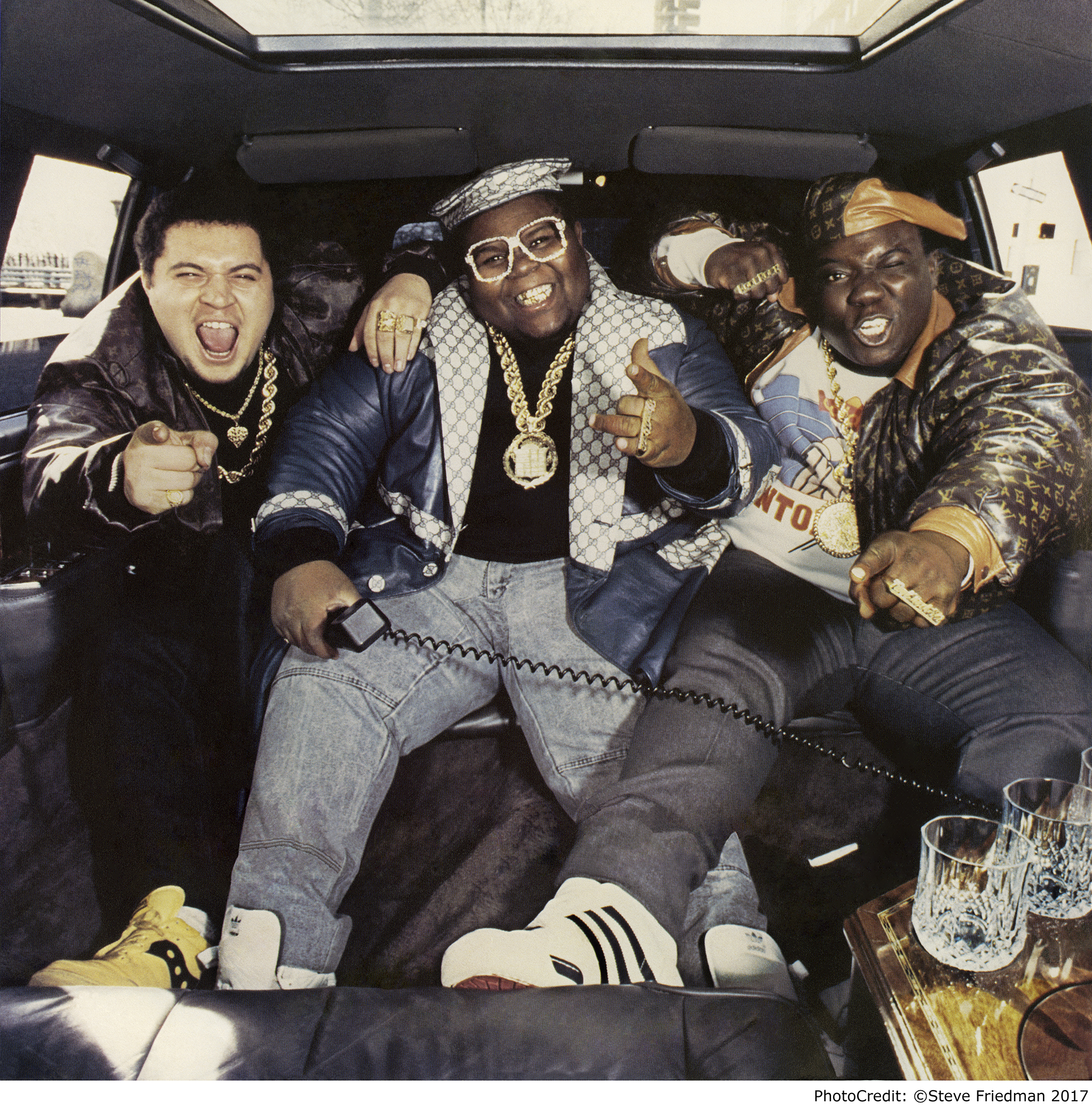
The resulting clothes, sold from a three-storey building on 125th, were a fusion of the streetwear/hip-hop vernacular with the aesthetic of luxury goods brands (he loved to work with crocodile, alligator and mink). Designs nearly always included a riff on the associated high-end logos that were so enthusiastically adopted by the hip-hop community (along with oversized dookie chains and four-finger rings). In Dap’s work, the logos became a key design cue. They might be incorporated into the stripe down tracksuit pants, embossed on a leather panel on a bomber jacket, or worked into the nap of a suede coat.
What Dapper Dan didn’t do was make ‘knock-offs’ or bootlegs – imitations of the genuine article. His creations were custom-made, painstakingly hand-sewn and expensive (so much so they were tagged knock-ups, not knock-offs). Look at the ‘Gucci’ double-G logo on the black-and-white leather jacket on the cover of Eric B and Rakim’s Paid in Full album. That was Dapper Dan’s work. As were Big Daddy Kane’s full-length leather coat with mink collar and Salt-N-Pepa’s cartoon-colourful baseball jackets. Nobody would mistake any of these for counterfeit clothes bought from a hustler on a street corner.
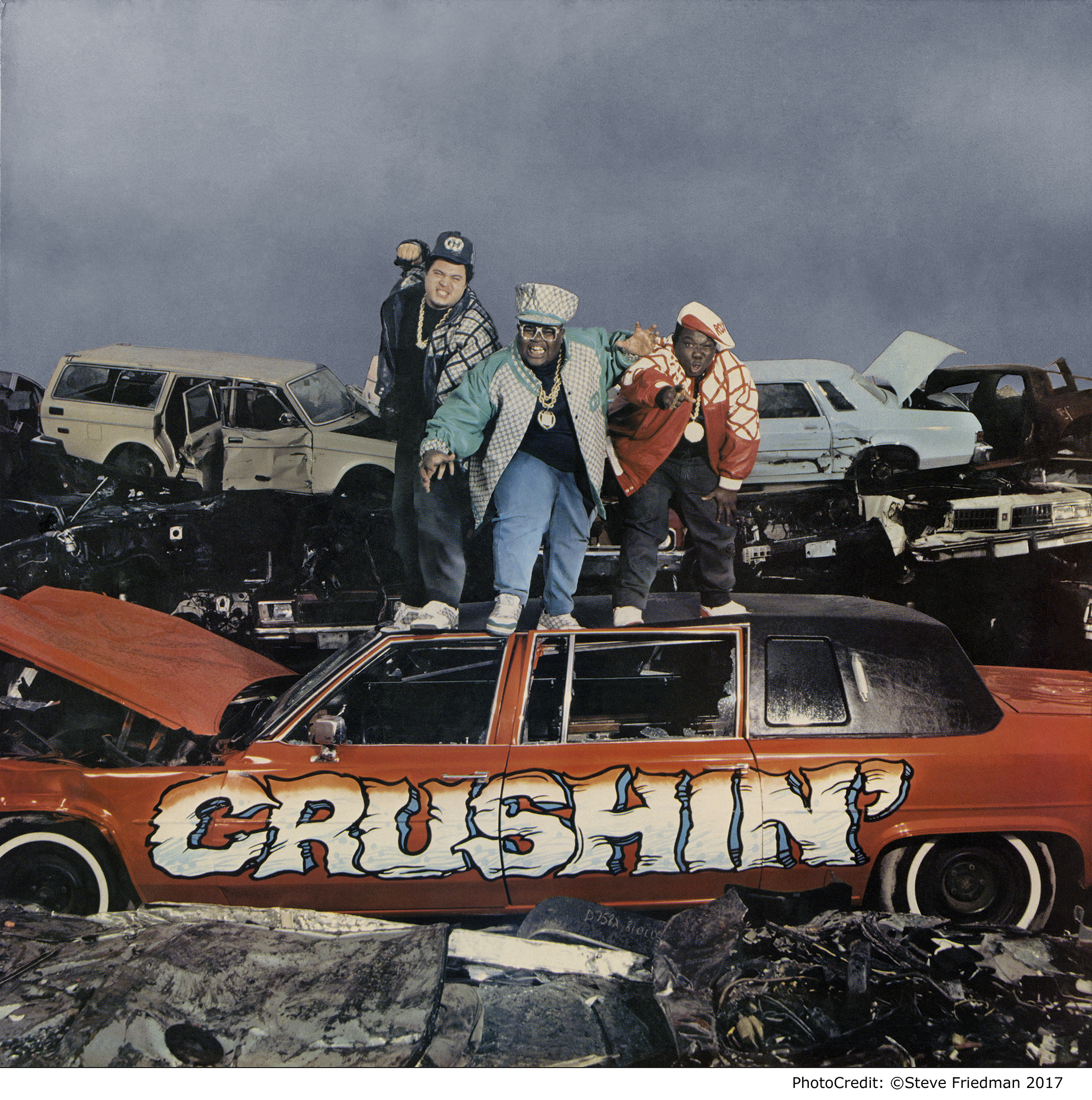
Yet, perhaps because of his métier and clientele, Dap’s creations remained under the radar. There were no cease-and-desist letters. If they thought of him at all, the kind of companies that had flagship stores on Fifth and Madison Avenues probably considered Dapper Dan anoutlaw, a pirate and a thief, but one hardly worth bothering about.
Had they known his turnover, they might have thought twice. Given the prices for Dapper Dan’s labour-intensive work, he attracted a particularly elite set of clients. Sports stars (especially boxers), musicians, professional gamblers and, yes, gangsters, drug-dealers and pimps all came calling. These were the kind of high rollers who could afford to frequent his atelier. And it was a couple of the pugilists who contributed to Dap’s undoing. One night in 1988, Mike Tyson punched Mitch ‘Blood’ Green outside the DD shop. The brawl made the papers – as well as the desks of some lawyers acting for the brands that the boxers were sporting in a Dan-dified fashion. The companies began to sit up and take notice of what was happening up in Harlem. And so in 1992, after numerous lawsuits and raids, Dapper Dan closed the store for good. Or so he thought.
Fast-forward a quarter of a century. Nobody is quite certain how old Daniel Day is, but he is most certainly still around. As is his influence. When Gucci creative director Alessandro Michele unveiled a collection in Florence in 2017, “Look 33” was a zip-up fur gilet with oversized puff sleeves featuring the Gucci logo. It was a take on classic hip-hop OTT street style. So much so that the 1984 4x400m relay Olympic gold medal-winner Diane Dixon thought it resembled the version Dapper Dan had made for her back in the day (1989 to be precise). And she tweeted about it. As social media did its thing, clambering began for acknowledgement of the inspiration behind Gucci’s Look 33.
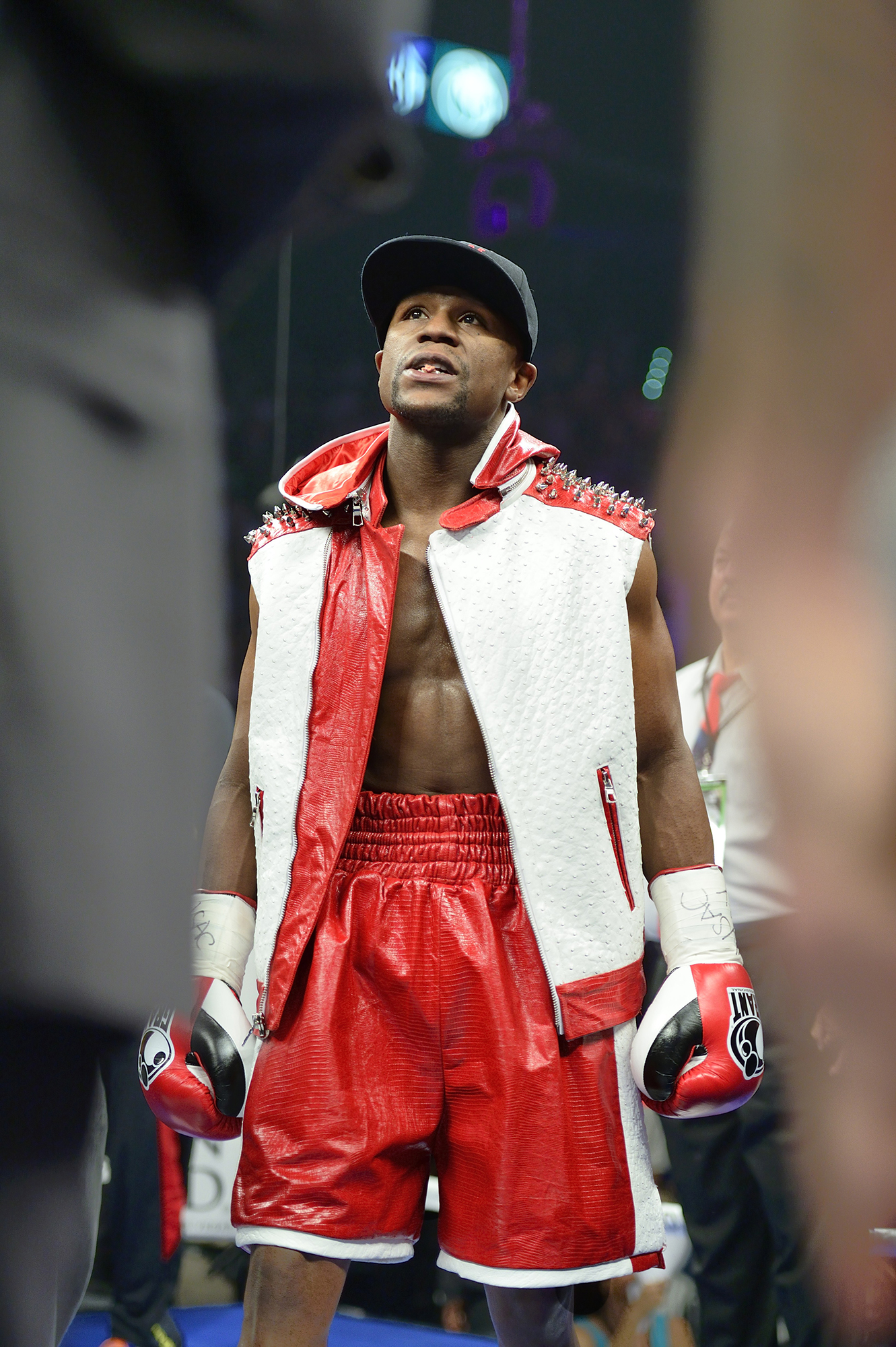
In fact, Michele is famous for mining all aspects of popular culture and fashion history, weaving them into a dense intertextual tapestry that will encompass elements of film, music, travel, philosophy, literature and art. Dapper Dan’s influence was just one of a dizzying array of references and homages in his cruise 2017 collection (which was shown in the Medici’s Renaissance Pitti Palace in Florence, where Michele’s creations also channelled the spirit of Botticelli). And that is certainly what Gucci could have argued. Instead, it issued a rather surprising statement: ‘Alessandro is interested in a collaboration with Daniel Day that would celebrate the influence of his creations on fashion and hip-hop culture in the 1980s.’
And, rather than this simply being a method of diffusing the furore on social media about ‘cultural appropriation’ or plagiarism, Gucci was true to its word. It began with Dan himself being used as a model in its spring/summer 2018 men’s tailoring campaign, shot in Manhattan. Then, in a move that spins the whole notion of corporate response to counterfeiting on its head like some crazed breakdancer, Dapper Dan has gone into partnership with the company, operating out of a splendid Gucci-ed-up brownstone on Lenox Avenue, Harlem (of course), by private appointment only.
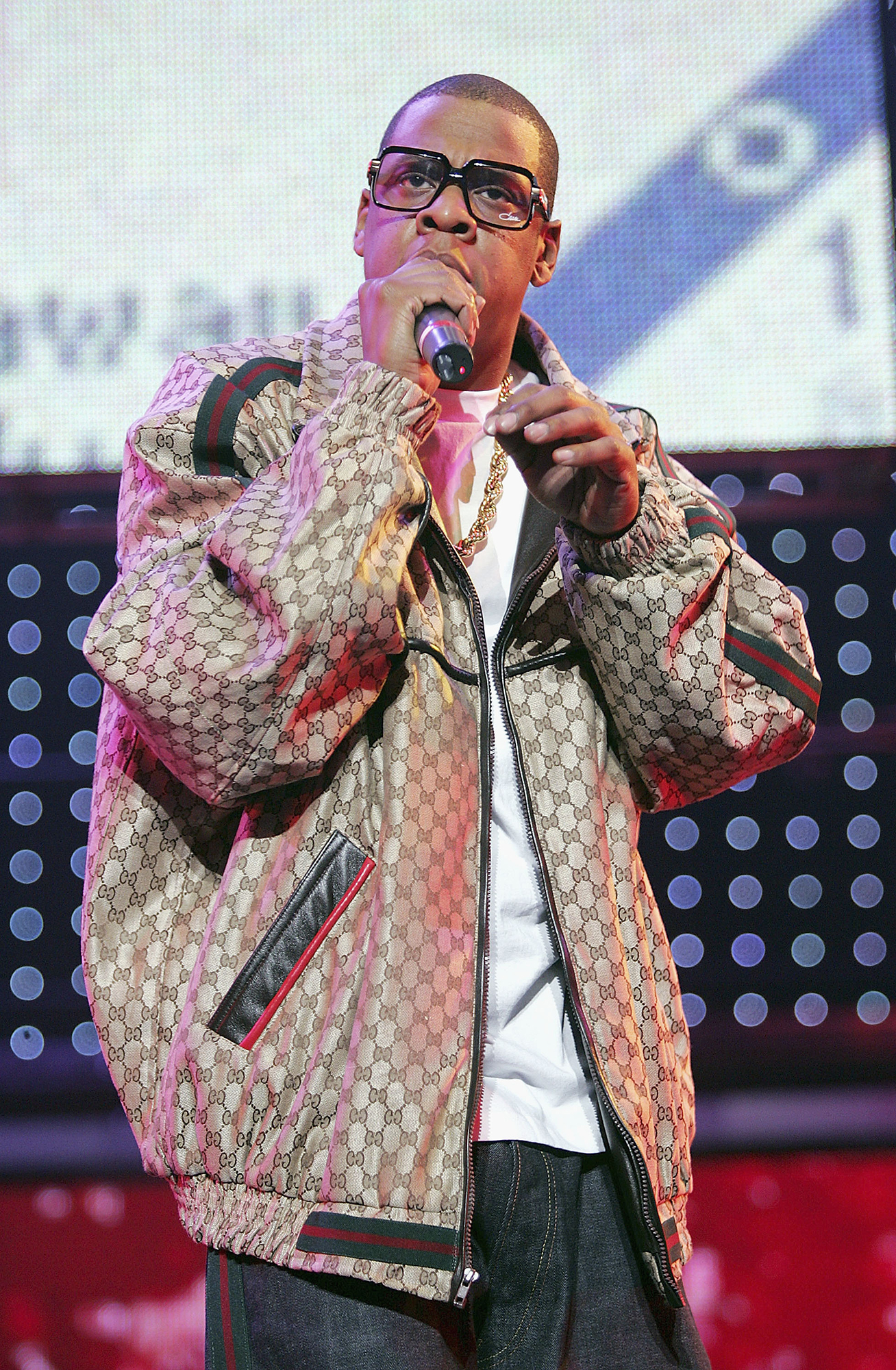
He brings his legendary style, tailoring and design to the party, Gucci provides all the fabrics and (genuine, this time) logos. It is, as in the old maxim, a case of taking a poacher and turning him into a gamekeeper, in the same way that smart IT companies hire the best hackers as white hats or mainstream radio recruits the best pirate DJs.
Inspired by the fresh interest in his work from the 1980s, Dap is also researching his own back catalogue, creating a lasting archive for posterity. After all, unlike the big-label houses, there were no formal Dapper Dan spring/summer or autumn/winter collections. You could say his recent high profile is giving this former outlier a well-deserved place in the fashion pantheon.
And there is more to come. Drawing on both Dap’s history and his contemporary ideas, supported by the creative powerhouse that is Alessandro Michele, the company has announced a Dap x Gucci collaboration as part of its autumn/winter 2018 collection. Good news for those who can’t make it to Harlem. But if you can journey Stateside, some of the new collaboration pieces will be available from this month in Gucci’s new store on Wooster Street in Soho, Manhattan. Break out the Cristal and the LL Cool J.


